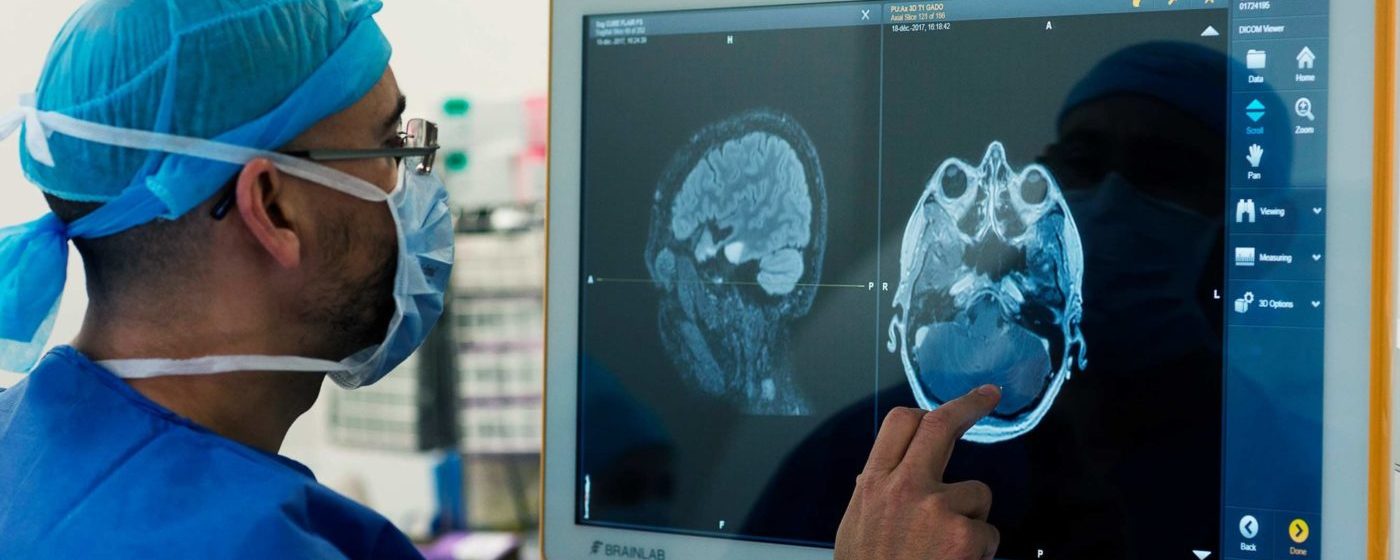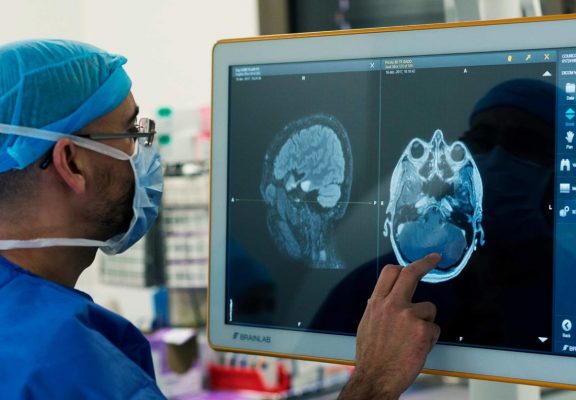

World Radiology Day
Medical imaging encompasses different imaging modalities and processes to image the human body for diagnostic and treatment purposes and therefore plays an important role in initiatives to improve public health for all population groups. Furthermore, medical imaging is frequently justified in the follow-up of a disease already diagnosed and/or treated.
Medical imaging, especially X-ray based examinations and ultrasonography, is crucial in a variety of medical setting and at all major levels of health care. In public health and preventive medicine as well as in both curative and palliative care, effective decisions depend on correct diagnoses. Though medical/clinical judgment may be sufficient prior to treatment of many conditions, the use of diagnostic imaging services is paramount in confirming, correctly assessing and documenting courses of many diseases as well as in assessing responses to treatment.
With improved health care policy and increasing availability of medical equipment, the number of global imaging-based procedures is increasing considerably. Effective, safe, and high quality imaging is important for much medical decision-making and can reduce unnecessary procedures. For example, some surgical interventions can be avoided altogether if simple diagnostic imaging services such as ultrasound are available.
Better use of available radiology resources for women’s health in Africa
Despite the United Nations Millennium Development Goals and the 2030 Sustainable Development Goals, women in numerous countries still face many challenges in obtaining good-quality health care. For example, various nations in Africa do not have access to complex radiology technologies. However, conventional radiography, ultrasound, mammography, and computed tomography are available and can be used to address such women’s health concerns as breast and cervical cancers, postpartum bleeding, and tuberculosis. African countries face additional difficulties in radiology services with respect to quality human resources, quality assurance programs, standardization, and functioning of diagnostic imaging units. These deficiencies affect the quality of the services rendered. Appropriate measures must be implemented to produce quality services and quality images and to reduce adverse events. These steps will ensure better outcomes and consequently reduce mortality and morbidity.

